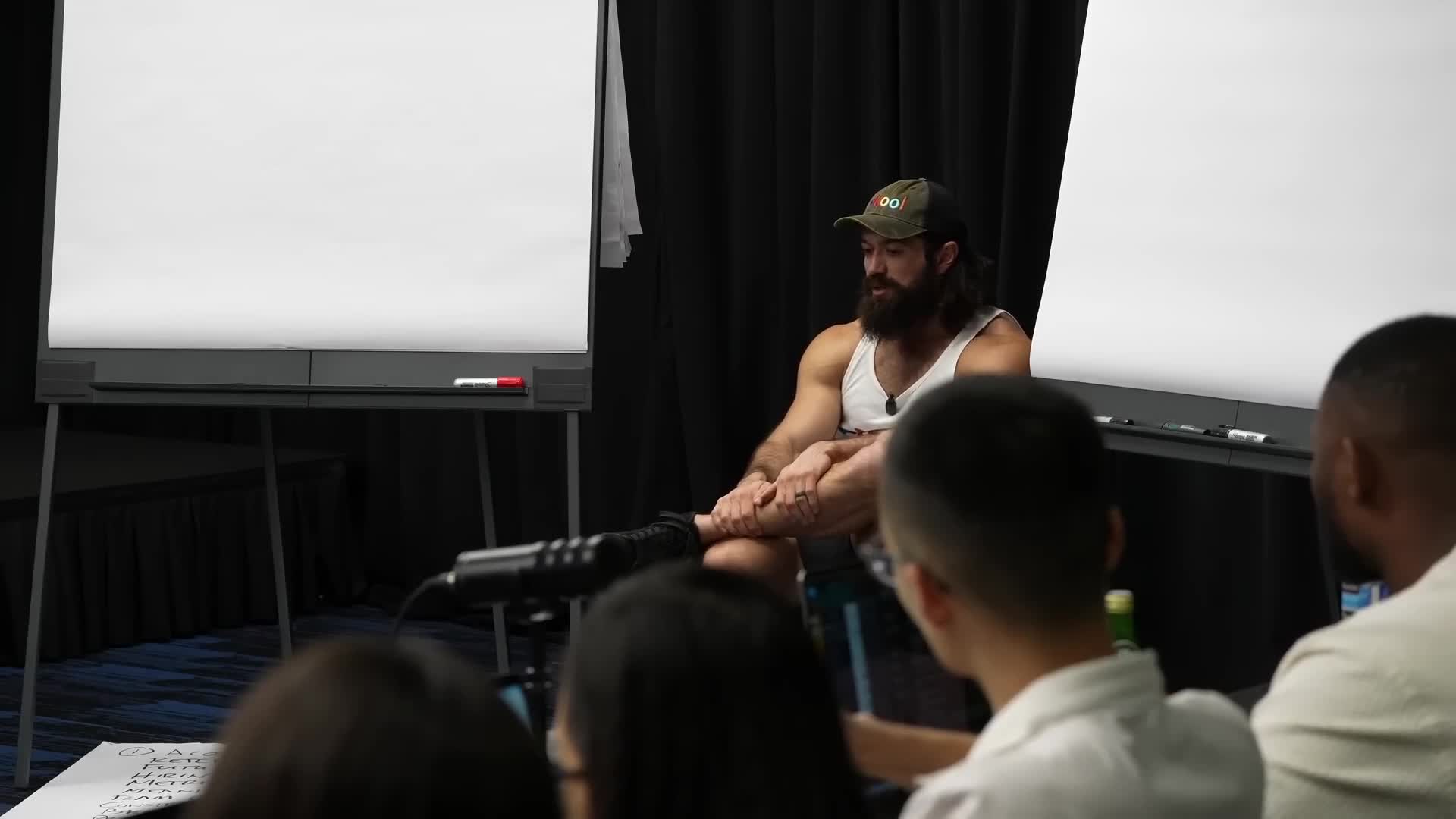Entrepreneurship
Entrepreneurship is the dynamic process of creating, developing, and managing new business ventures aimed at delivering products, services, or ideas that generate economic value. It involves identifying market opportunities and taking calculated risks to innovate and solve problems, all while emphasizing growth and scalability. This journey can encompass a range of activities, from launching small businesses focused on local markets to establishing start-ups with ambitious growth trajectories, often requiring substantial startup funding. Entrepreneurs play a pivotal role in societal advancement by fostering innovation and driving economic development. In recent discussions around entrepreneurship, key elements such as the entrepreneurial mindset, characterized by creativity, resilience, and adaptability, have become increasingly significant. Aspiring entrepreneurs are encouraged to develop comprehensive business plans, drawing from popular resources and templates that clarify the initial steps in setting up a successful venture. Moreover, they must navigate potential financing options, whether through bootstrapping methods or external funding sources like angel investors and venture capital firms. The emphasis on entrepreneurial skills and resources reflects the diverse landscape of entrepreneurship today, where individuals from various backgrounds are finding pathways to establish their own businesses while contributing to job creation and market diversity. With the rise of technology, including artificial intelligence and digital collaboration, entrepreneurship continues to evolve, creating new opportunities across sectors like healthcare and remote work. As the landscape becomes more competitive, learning key entrepreneurship tips and understanding different types of business structures can significantly influence an entrepreneur's success. Ultimately, entrepreneurship represents not only a means of personal achievement but also a critical driver of economic growth and social change in our increasingly interconnected world.
How did Satish Kumar build Milky Mist into a 2000 crore company?
Satish Kumar built Milky Mist into a 2000 crore company by identifying a gap in the market and transforming a commodity (milk) into value-added branded products, thus avoiding price wars with competitors. He established trust with farmers through collaboration rather than exploitation, helping them deliver maximum value while increasing his own profit margins - embodying conscious capitalism principles. Additionally, he created a robust logistics supply chain and prioritized quality control by bringing critical operations in-house rather than outsourcing them. While this approach meant higher initial costs, it provided greater control over quality and efficiency, ultimately paying significant dividends and enabling the company to achieve remarkable growth in the competitive dairy industry.
Watch clip answer (01:27m)What approach should entrepreneurs take when starting a business: follow passion or solve business problems?
Bret Taylor suggests both approaches have merit depending on your goal. For passion projects, he enthusiastically encourages following your interests regardless of what others think, noting that many groundbreaking ideas weren't initially believed in (like Gmail). However, if you're aiming to build an enduring, venture-backed company, Taylor emphasizes the importance of solving significant business problems. The key distinction lies in your ultimate objective - personal fulfillment versus creating a lasting enterprise.
Watch clip answer (00:53m)What was Katrina Lake's vision when founding Stitch Fix?
When founding Stitch Fix, Katrina Lake wanted to create the retailer of the future. She observed that while retail was a massive $350 billion category, only 15% was purchased online, indicating untapped potential. Lake wasn't impressed by existing retail models and didn't believe better stores or more e-commerce filters were the answer. Instead, she envisioned scaling personalization through personal stylists, leveraging data science and technology to connect with customers in ways that weren't previously possible. She saw an opportunity in an untouched space where technology could transform how people shop for clothes.
Watch clip answer (01:05m)What are the future trends and opportunities that John Collison sees for Stripe beyond payments?
John Collison envisions Stripe moving beyond payments to handling more back office and business tasks. This includes services like incorporation, fraud prevention, and managing customer relationships, allowing businesses to focus on core operations. Stripe aims to support new businesses in a digital economy that's rapidly evolving, where online commerce is becoming increasingly significant across global markets like Germany. Their goal is to simplify business processes for everyone from startups to large enterprises, creating opportunities for entrepreneurship in an increasingly digital world.
Watch clip answer (02:59m)How did a struggling gym owner turn around his failing business?
A gym owner was working exhausting hours - teaching at his gym from 5-9am, working a 9-5 job, then returning to teach evening sessions until 8pm. Despite this schedule, his gym was losing money, requiring his entire primary income to sustain it. With a growing family and no savings left, he reached a breaking point. Instead of pursuing an online fitness business as initially considered, he invested his last $1,000 on a business strategy that focused on making his existing gym profitable. This decision led to remarkable results, generating $38,000 in his first 30 days of implementing the new approach.
Watch clip answer (01:13m)What sparked Walter Cruttenden's initial interest in investment banking?
Walter Cruttenden's interest in investment banking was sparked by his father's business activities. His father was backing a company called Wham O Manufacturing, which produced popular recreational products like frisbees, hula hoops, and water slides. Seeing these products being brought home, young Walter became curious about his father's profession and directly asked him, "Hey dad, what is it you do? I'm really interested." This curiosity led to his father introducing him to the concept of investment banking, which apparently became influential in Walter's later career path as an entrepreneur and investor.
Watch clip answer (00:20m)




